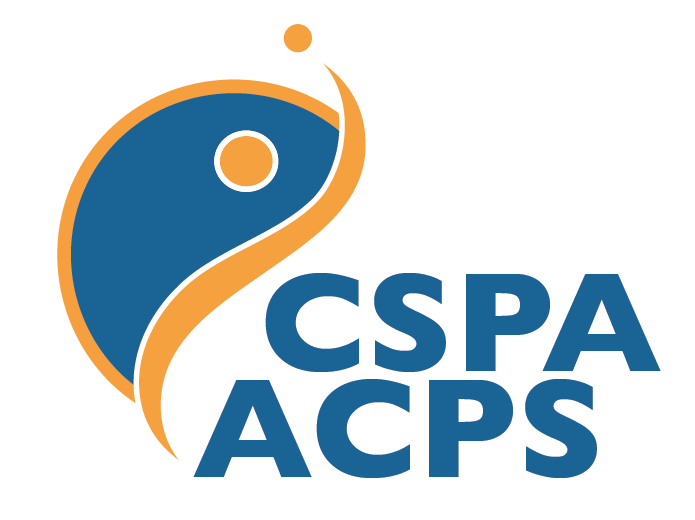2009 Grant Recipient: Utilizing Solution-Focused Guided Imagery for Golfers with the Yips
Robert J. Bell, Rob Nahlik, & Meghan Hallbrook, Ball State University
That the putting yips in golf manifest as a twitch, freeze, or interruption during the execution of the putting stroke appears well established. Research has even delineated the putting yips into two categories (Type I & Type II). There is evidence that Type I yips are indicative of a task-specific focal hand dystonia, whereas Type II yips can be categorized with anxiety-related symptoms. Whereas most interventions for task-specific focal hand dystonia and the yips have been focused on treating via solely with pharmacological and/or sensorimotor agents, support also exists for non-pharmacological treatments via imagery. Therefore, the purpose of the current study was to replicate and extend previous research examining the efficacy of solution-focused guided imagery (SFGI) with golfers experiencing the yips. Specifically, this study helped address past methodological concerns by: 1) utilizing three different facilitators of SFGI across participants, 2) extending maintenance phase data collection and, 3) providing participant’s use of a SFGI audio CD during maintenance phase.
Utilizing previous Type I yips criteria, four golfers completed all three phases (baseline, intervention, maintenance) of data collection across six months of in-vivo data collection. Following a concurrent multiple baseline across-subjects design (M-B A-S), results revealed moderate to large effect sizes regarding decreases in yip behavior across all phases of data collection. Solution-focused guided imagery appears to be an effective alternative treatment in reducing symptoms for golfers experiencing the yips. Future research should examine individuals experiencing task-specific focal hand dystonia across different professions.




